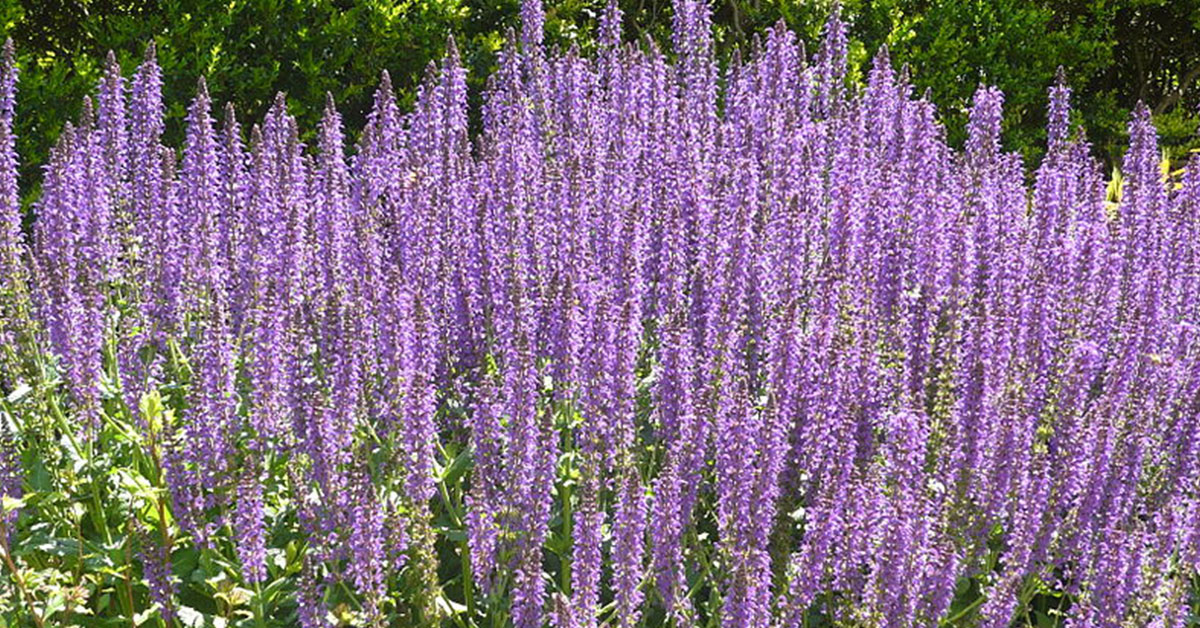Deadheading is one of the simplest and most rewarding gardening practices. By removing spent flowers, you can encourage plants to produce more blooms, prolong the flowering season, and keep your garden looking tidy. It’s such a satisfying task to see new buds forming where old flowers once were! If you’ve ever wondered which flowers benefit the most from deadheading, you’re in the right place.
In this article, I’ll share fifteen flowers that will thrive with a little extra attention. Deadheading these plants not only enhances their beauty but also helps them redirect energy into producing more vibrant blooms. Whether you’re a seasoned gardener or just starting out, these tips will help you enjoy a more bountiful and colorful garden.
Geraniums
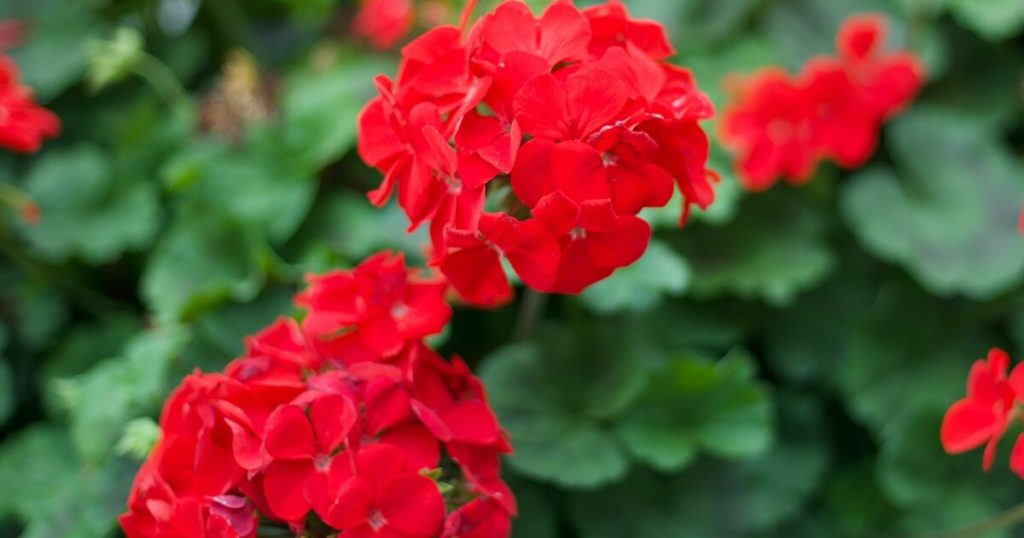
Geraniums are a classic garden favorite, known for their colorful and prolific blooms. Regular deadheading can keep these plants flowering throughout the season. By removing the spent blooms, you prevent the plant from going to seed and encourage it to produce new flowers. It’s a simple task that can make a significant difference in the plant’s overall performance.
To deadhead geraniums, simply pinch off the spent flower stems close to the base of the plant. This not only stimulates new growth but also keeps the plant looking neat and tidy. I find that deadheading my geraniums every few days during the peak growing season results in a continuous display of vibrant flowers that brighten up my garden beds and containers.
Roses
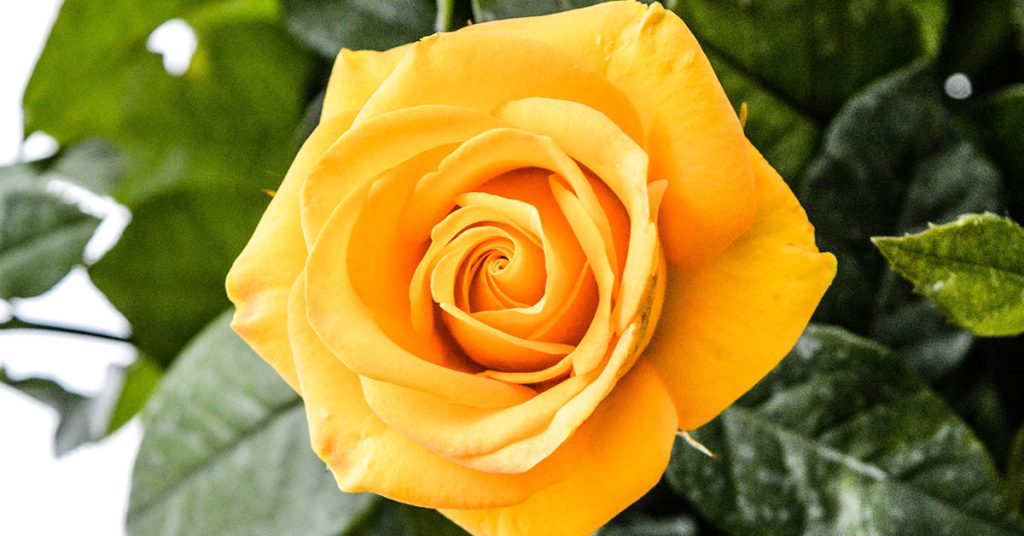
Roses are the epitome of beauty and elegance in the garden, but they do require a bit of maintenance to keep them at their best. Deadheading roses is essential for promoting continuous blooms and preventing disease. By removing spent flowers, you encourage the plant to produce new buds instead of forming seed pods, known as hips.
To deadhead roses, cut back to the first set of five leaves below the spent flower. This encourages strong, healthy growth and new blooms. Regular deadheading also improves air circulation around the plant, reducing the risk of fungal diseases. With a little attention, your rose bushes can produce a stunning display of blooms all season long.
Marigolds
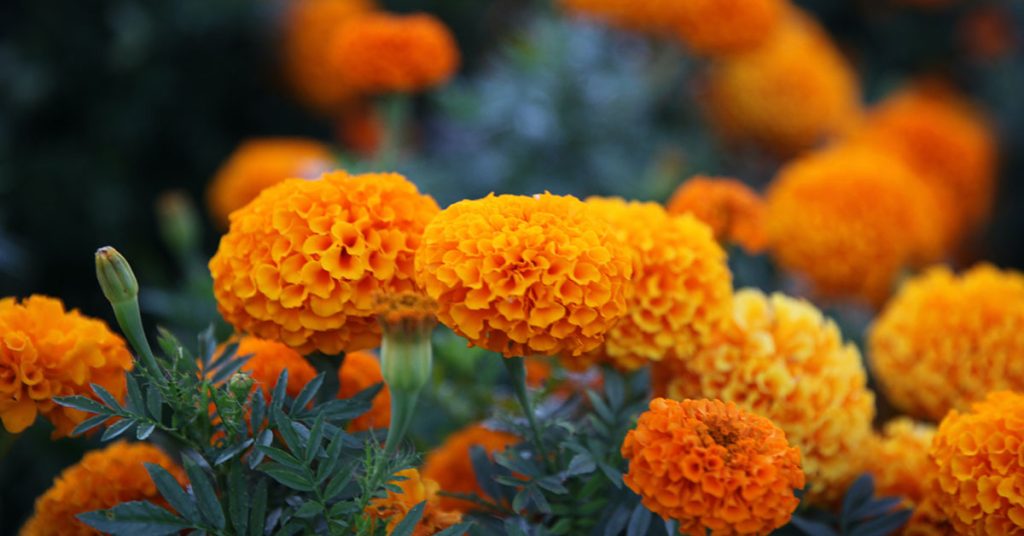
Marigolds are bright, cheerful flowers that can light up any garden. Deadheading marigolds is a straightforward task that can significantly extend their blooming period. By removing the spent blooms, you prevent the plant from diverting energy into seed production and instead encourage it to produce more flowers.
To deadhead marigolds, simply pinch off the spent flowers just above the next set of leaves. This not only stimulates new growth but also keeps the plant looking tidy and healthy. Marigolds are prolific bloomers, and with regular deadheading, you can enjoy their vibrant colors from spring through fall.
Petunias
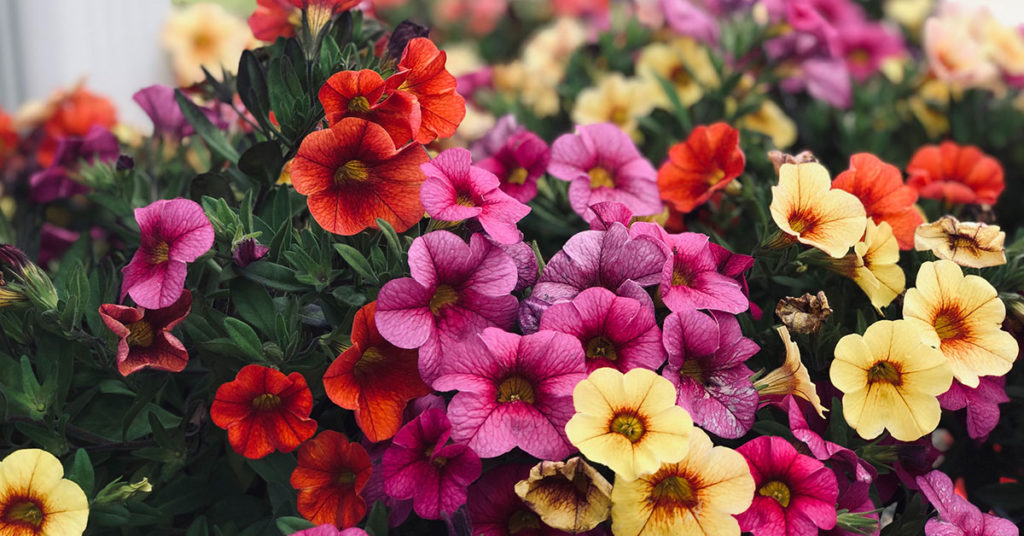
Petunias are a favorite for their cascading blooms and vibrant colors, but they can quickly become leggy and sparse without regular deadheading. By removing spent flowers, you can encourage petunias to produce more blooms and maintain a bushy, compact shape. This is particularly important for trailing varieties used in hanging baskets and containers.
To deadhead petunias, pinch or cut off the spent flowers along with a small portion of the stem. This not only stimulates new flower production but also prevents the plant from looking straggly. Regular deadheading can keep your petunias flowering profusely, creating a stunning display all season long.
Zinnias
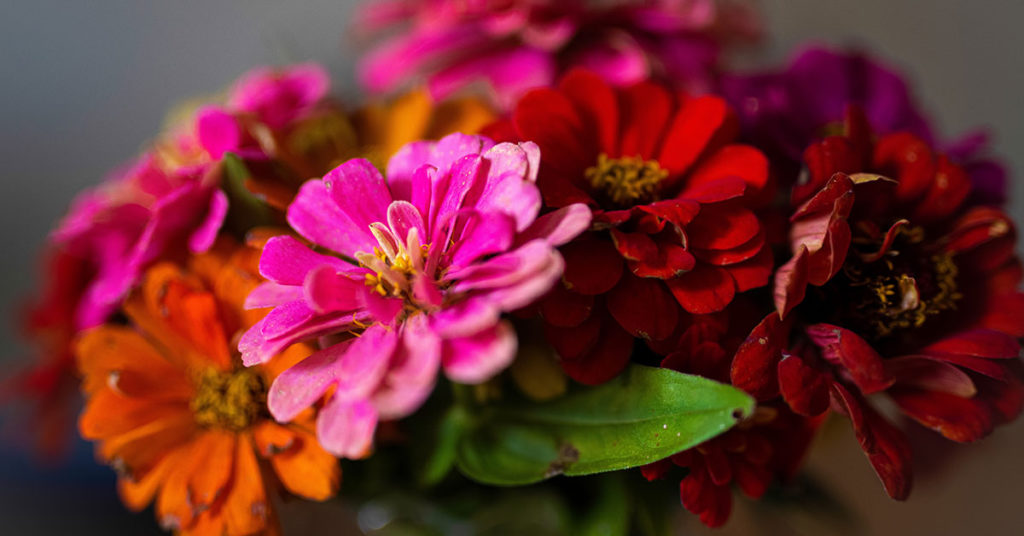
Zinnias are one of the easiest annuals to grow and deadhead. Their bright, bold flowers can last all summer with a little care. By removing spent blooms, you encourage the plant to produce more flowers rather than setting seed. This simple task can keep your zinnias looking fresh and vibrant throughout the growing season.
To deadhead zinnias, simply snip off the faded blooms just above the next set of leaves or flower buds. This encourages the plant to focus its energy on new growth and blooms. Zinnias are prolific bloomers, and with regular deadheading, you can enjoy a continuous display of color in your garden.
Dahlias
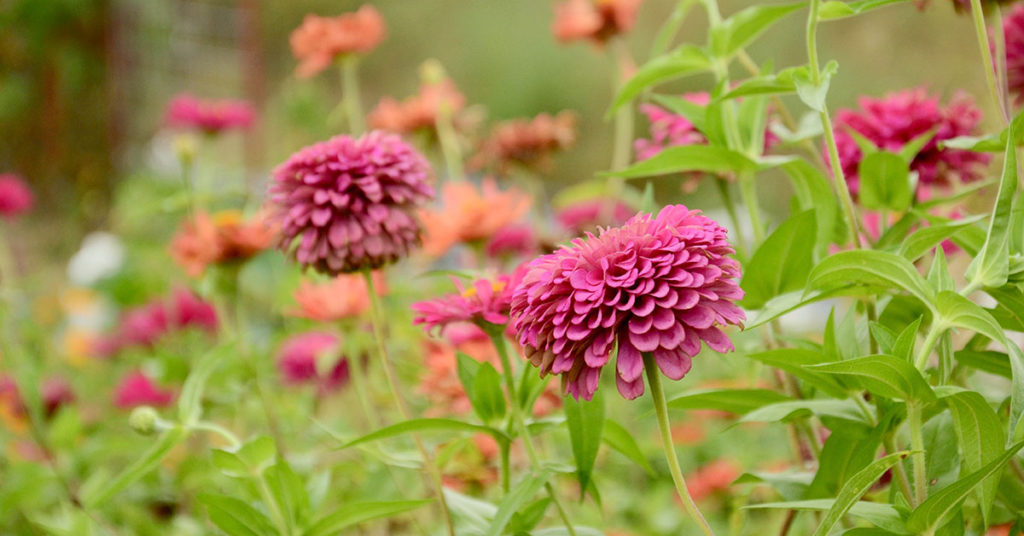
Dahlias are known for their stunning, showy blooms that come in a wide range of colors and sizes. Deadheading dahlias is essential to keep them producing flowers all summer long. By removing the spent blooms, you encourage the plant to direct its energy towards new flower production rather than seed development.
To deadhead dahlias, cut back the spent flower stems to just above the next set of leaves. This promotes the growth of new flower buds and keeps the plant looking tidy. Regular deadheading can result in a profusion of blooms, making dahlias a standout in any garden.
Black-Eyed Susans
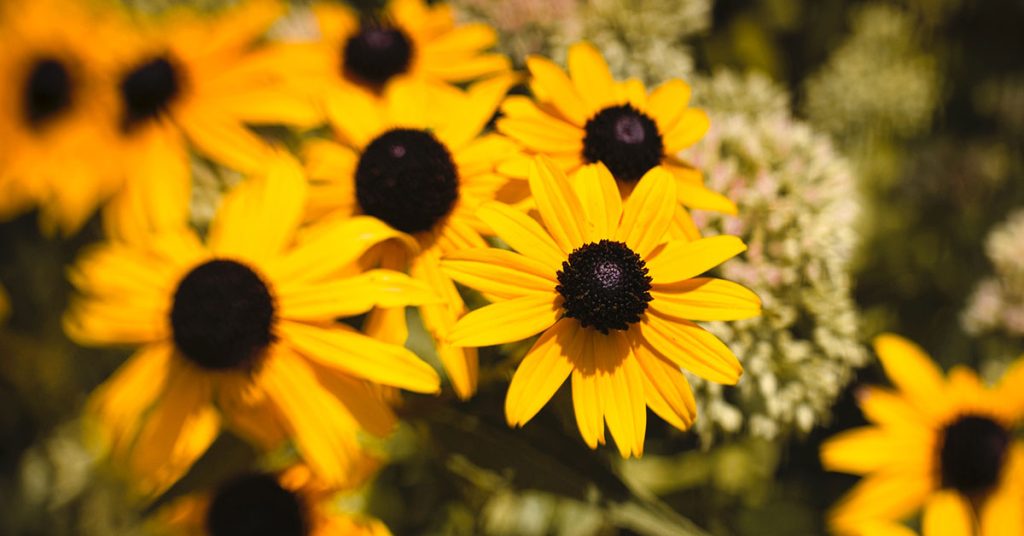
Black-Eyed Susans are a staple in many gardens, known for their bright yellow petals and dark centers. Deadheading these perennials can encourage more blooms and extend their flowering period. By removing the spent flowers, you prevent the plant from setting seed and instead direct its energy towards producing new blooms.
To deadhead Black-Eyed Susans, simply snip off the spent flowers just above the next set of leaves. This encourages the plant to produce more flowers and keeps it looking neat and tidy. With regular deadheading, you can enjoy a longer blooming period and a more vibrant garden display.
Coreopsis
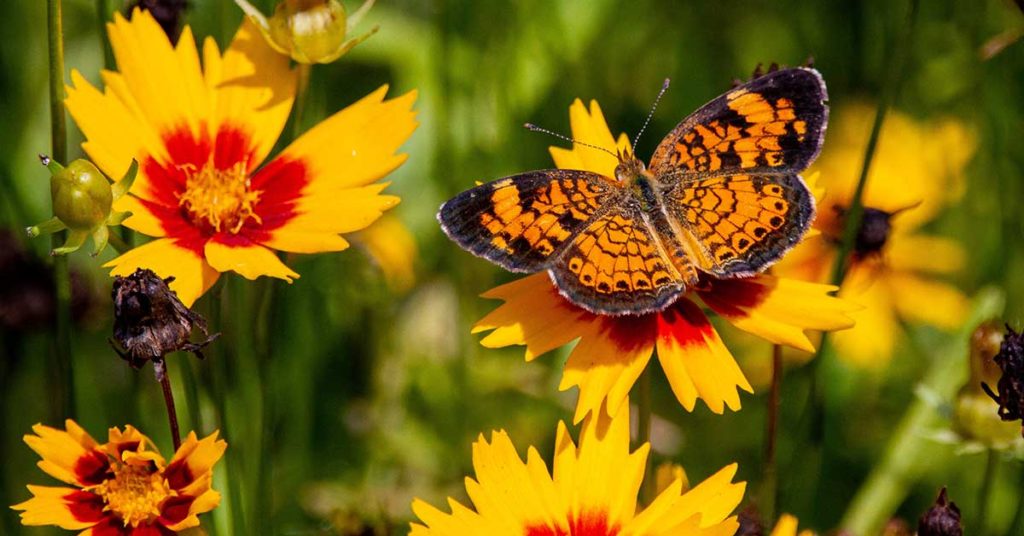
Coreopsis, also known as Tickseed, is a hardy perennial with bright, daisy-like flowers. Deadheading coreopsis can encourage more blooms and keep the plant looking tidy. By removing spent flowers, you prevent the plant from going to seed and instead promote the production of new blooms.
To deadhead coreopsis, pinch or cut off the spent flowers just above the next set of leaves. This not only stimulates new growth but also keeps the plant looking neat and healthy. With regular deadheading, you can enjoy a continuous display of bright, cheerful flowers throughout the growing season.
Cosmos
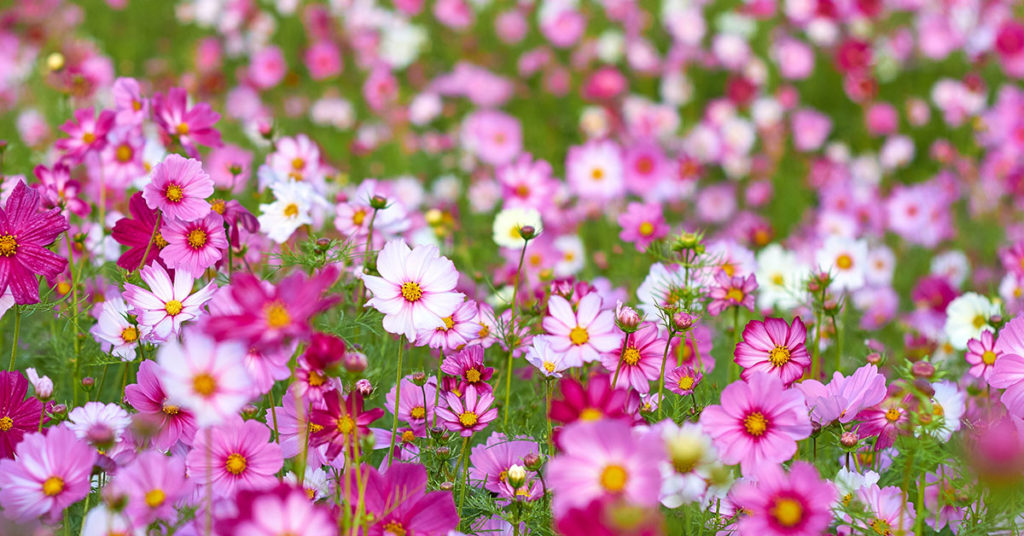
Cosmos are delicate, airy flowers that can add a touch of whimsy to any garden. Deadheading cosmos is essential to keep them blooming profusely. By removing spent flowers, you encourage the plant to produce more blooms rather than setting seed. This simple task can result in a longer flowering period and more vibrant display.
To deadhead cosmos, simply pinch off the spent flowers just above the next set of leaves or buds. This encourages the plant to focus its energy on new growth and blooms. Regular deadheading can keep your cosmos flowering all summer long, creating a beautiful and colorful garden.
Shasta Daisies
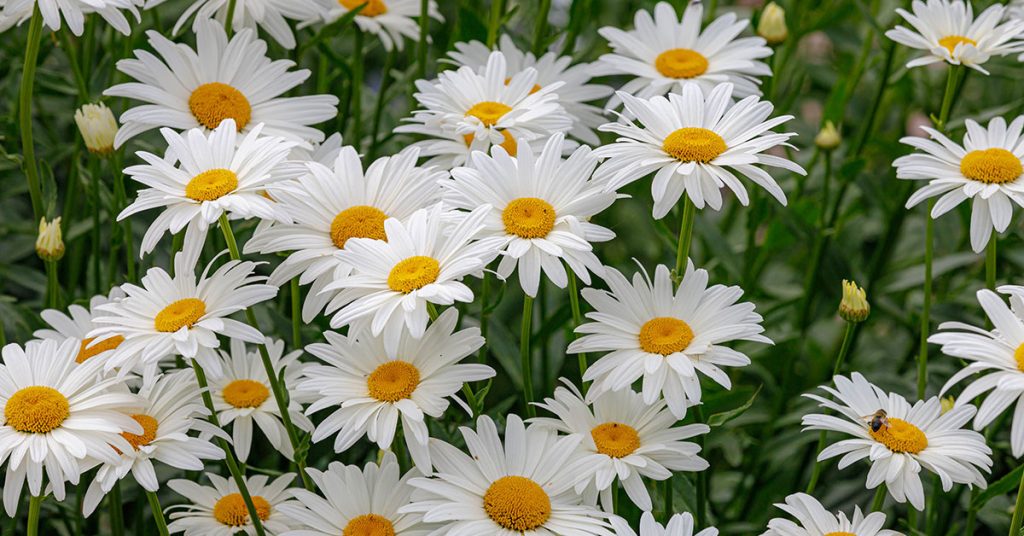
Shasta Daisies are classic garden flowers that bring a cheerful presence to any space. Deadheading Shasta Daisies can encourage more blooms and extend their flowering period. By removing spent flowers, you prevent the plant from going to seed and instead promote the production of new blooms.
To deadhead Shasta Daisies, cut back the spent flower stems to just above the next set of leaves. This promotes the growth of new flower buds and keeps the plant looking tidy. Regular deadheading can result in a profusion of blooms, making Shasta Daisies a standout in any garden.
Daylilies
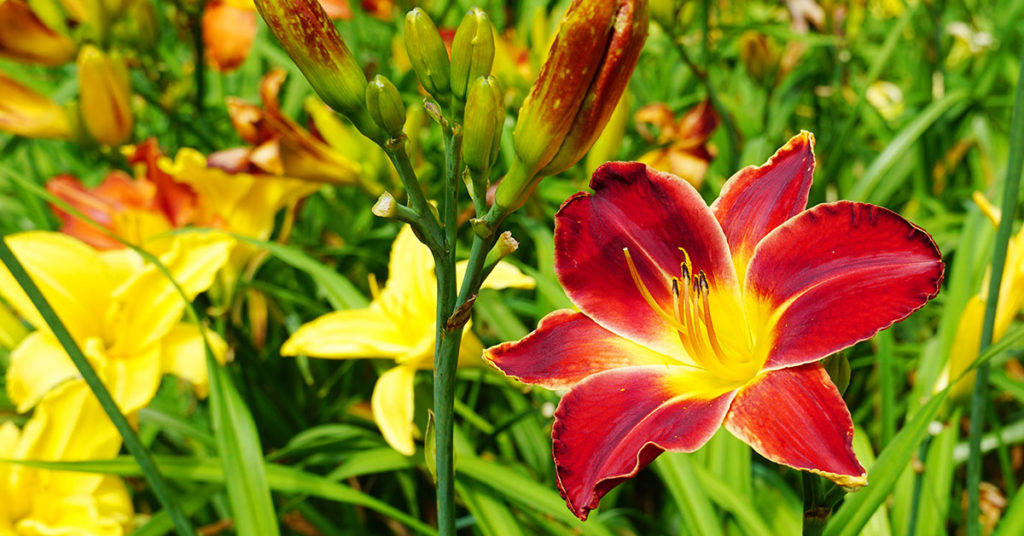
Daylilies are known for their beautiful, trumpet-shaped flowers that come in a wide range of colors. Deadheading daylilies can encourage more blooms and keep the plant looking tidy. By removing the spent flowers, you prevent the plant from diverting energy into seed production and instead promote the production of new blooms.
To deadhead daylilies, simply snap off the spent flowers at the base of the stem. This encourages the plant to focus its energy on new growth and blooms. Regular deadheading can keep your daylilies flowering profusely, creating a stunning display all season long.
Salvia
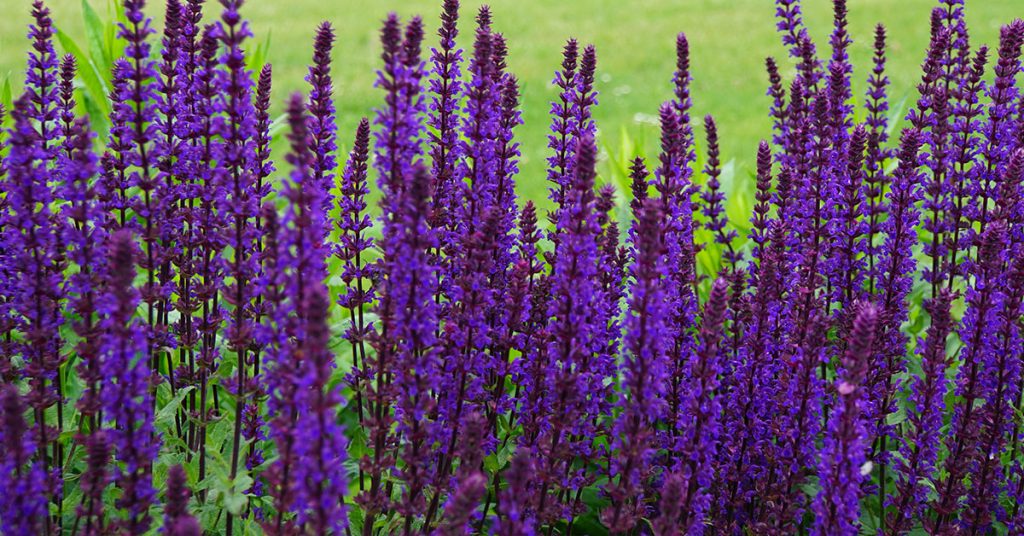
Salvia, also known as Sage, is a versatile and hardy perennial with vibrant, spiky flowers. Deadheading salvia can encourage more blooms and extend their flowering period. By removing spent flowers, you prevent the plant from going to seed and instead promote the production of new blooms.
To deadhead salvia, cut back the spent flower spikes to just above the next set of leaves. This promotes the growth of new flower buds and keeps the plant looking tidy. Regular deadheading can result in a profusion of blooms, making salvia a standout in any garden.
Gaillardia
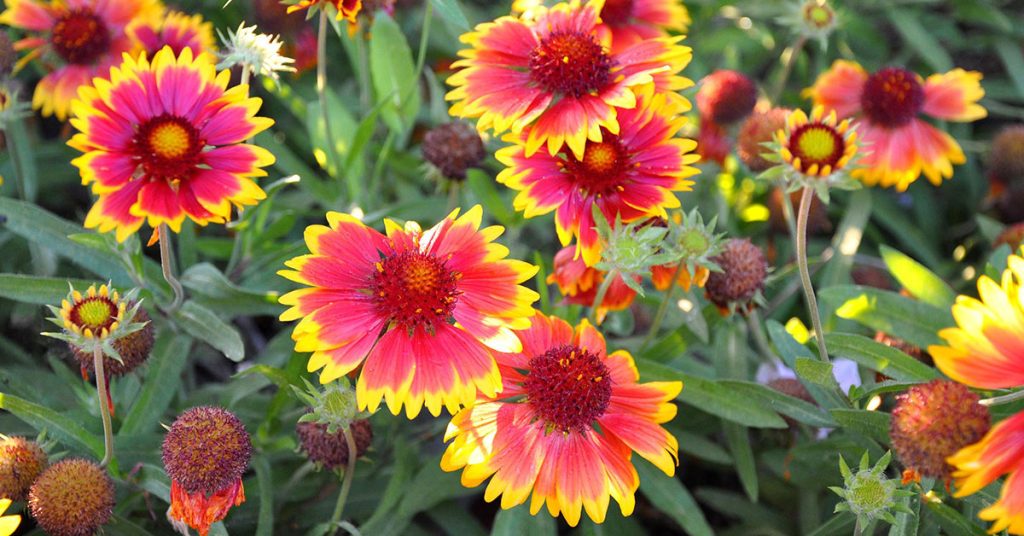
Gaillardia, also known as Blanket Flower, is a hardy perennial with bright, daisy-like flowers. Deadheading Gaillardia can encourage more blooms and keep the plant looking tidy. By removing spent flowers, you prevent the plant from going to seed and instead promote the production of new blooms.
To deadhead Gaillardia, simply snip off the spent flowers just above the next set of leaves. This encourages the plant to produce more flowers and keeps it looking neat and healthy. With regular deadheading, you can enjoy a continuous display of bright, cheerful flowers throughout the growing season.
Veronica
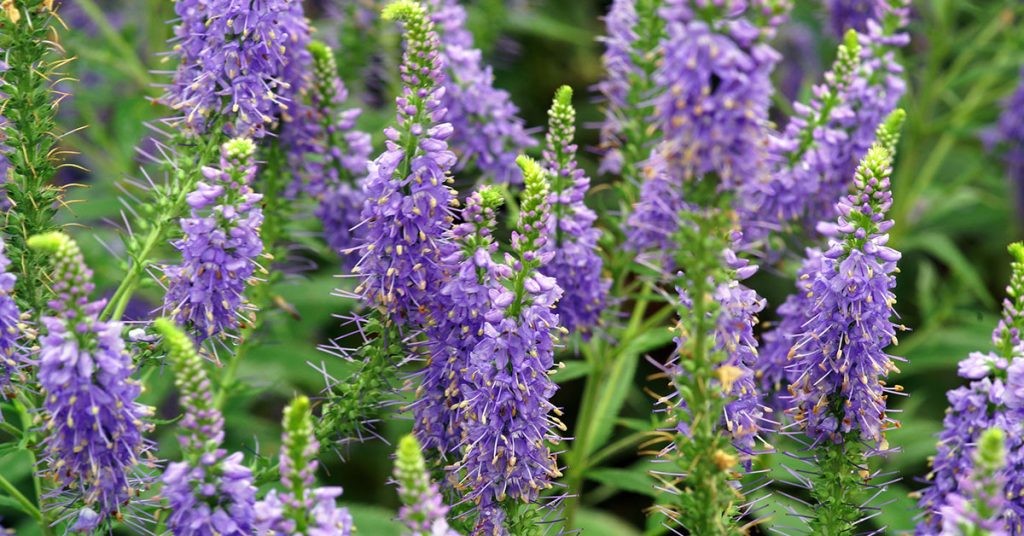
Veronica, also known as Speedwell, is a versatile and hardy perennial with spiky, colorful flowers. Deadheading Veronica can encourage more blooms and extend their flowering period. By removing spent flowers, you prevent the plant from going to seed and instead promote the production of new blooms.
To deadhead Veronica, cut back the spent flower spikes to just above the next set of leaves. This promotes the growth of new flower buds and keeps the plant looking tidy. Regular deadheading can result in a profusion of blooms, making Veronica a standout in any garden.
Phlox
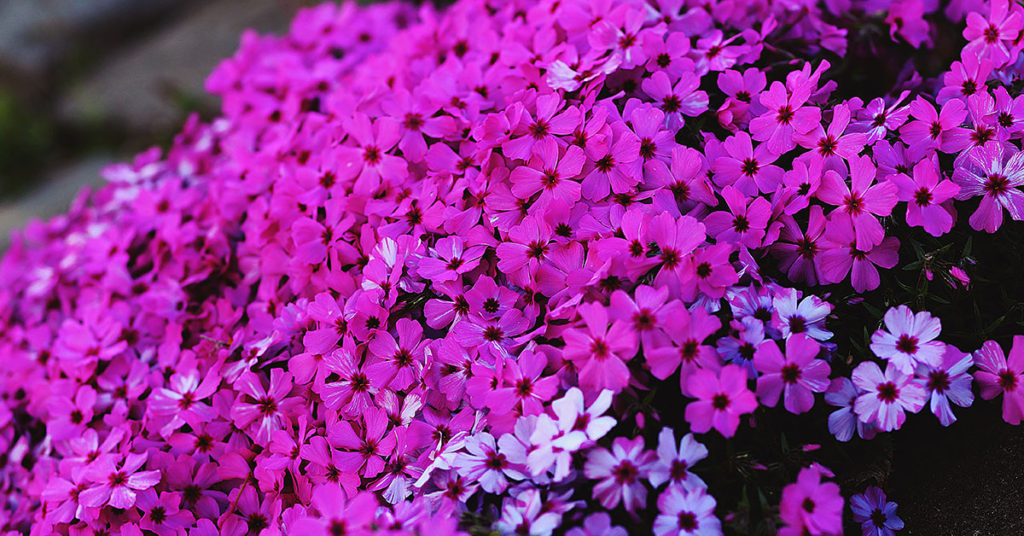
Phlox are known for their beautiful, fragrant flowers that come in a wide range of colors. Deadheading Phlox can encourage more blooms and extend their flowering period. By removing spent flowers, you prevent the plant from going to seed and instead promote the production of new blooms.
To deadhead Phlox, simply pinch or cut off the spent flowers just above the next set of leaves or buds. This encourages the plant to focus its energy on new growth and blooms. Regular deadheading can keep your Phlox flowering all summer long, creating a beautiful and colorful garden.











